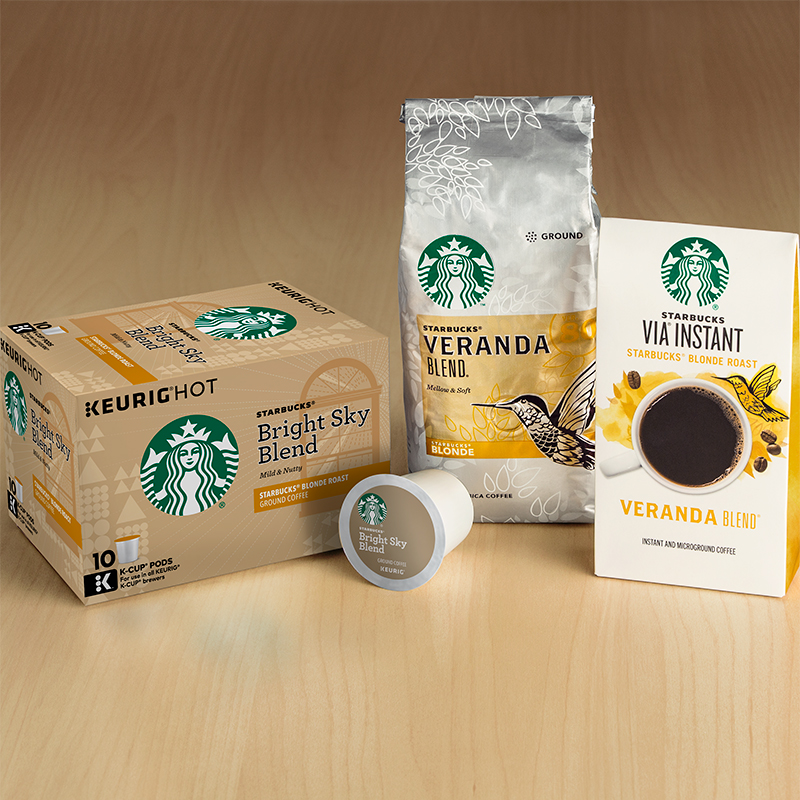Brand Strategy 101: A Beginners Guide to Branding your Business
You wanted to know more about brand strategies that work and you came to the right place. This beginners guide to brand strategy will explore 3 brand strategies for your products and 4 brand strategies to help grow your business. After this, you'll have a better understanding of how to brand like a pro and well on your way to contributing meaningful insights to your team.
Product Brand Strategy
The three brand strategies commonly used amongst large firms for deciding which products will contribute to which brand names are Multi-product Branding, Multi-branding, and Private Branding.
Multi-Product Brand & Benefits
Multi-Product Branding, also known as family branding, or corporate branding is when a company uses one brand name for all of its products within a class. For example, the brand name Sony is used on most if not all of their products. Sony is the company or parent brand name, but you will also see it on televisions, and on their PlayStation series. The benefits of Multiproduct branding is brand equity return, lower promotion costs, and growing brand awareness. These benefits come about through the extensive use of your brand name over a wide array of product offerings. The idea is to take a brand name which has established itself in one product class and apply that brand name to another product, in another product class, expecting for the brand awareness to carry over. However, there is also a negative effect on the multi-product brand strategy.
How to Avoid Multi-Product Brand Issues
The downside of multi-product branding is that it will spread your brand thin. When a company spreads their brand thin the result is often a weaker brand image. The more a brand name is used on products of a different class, the greater the diluted effect on brand equity. In order to avoid the negative effects of Multiproduct branding, companies use sub-branding. Sub-branding allows a company to use the big brand name while giving each product a little brand of its’ own. For example, Gillette’s Mach 3 razor for men. The Gillette brand is clearly marked on the package so consumers associate the new Mach 3 with Gillette quality. This gives the Mach 3 a sub-brand and distinguishes it from other Gillette razors.
Multi-Branding
Multi-branding is used when a product or product line is targeting different markets. This kind of branding is used favorably within in the automobile market. Chevrolet, for example, has many different cars and each, their own brand names like Spark or Camaro. These cars are both under Chevrolet (The Parent Brand); however, they serve completely different purposes for different consumers in a given market. Spark is a small economic choice car for those looking for an eco-friendly car to get from point A, to point B. While the Camaro is for drivers who are looking to get from point A, to point B supported by performance and style. In short, the multi-branding strategy allows businesses to gain market share through assessing external opportunities in order to define a profitable market segment.
The image below showcases FedEx's different service offerings. The various delivery methods serve customers with different needs in different market segments. For example, Freight Shipping may only be required by businesses ordering overseas. Meanwhile, FedEx ground shipping may be used to ship products to consumers who purchase products from your online store.
Private Branding
Private Branding is the production of goods by a manufacturer for a reseller. A prime example of private branding is store-branded goods. Some retail stores use private branding to undercut competitors in a given market. If Colgate toothpaste costs about $6 for a tube, Wal-Mart can make a privately branded toothpaste to sell at $3 or $4. In most cases, private branded products are considered to be of lesser quality, but in some cases, this can help retailers gain customer loyalty. Note: If you are a manufacturer, it is important to understand that you can not allow your business to be dependable in any single account.
4 Brand Growth Strategies
Here are four common brand growth strategies for businesses looking to extend their services or product offerings. The four brand strategies are line extension, brand extension, new brand strategy, and flanker/fight brand strategy.
Line Extension Brand Strategy
The line extension brand growth strategy involves creating additional products in response to consumer needs. A closer look at line extension strategy would be easier to see from an example. Apple introduced the iPhone Plus for the first time, with the release of the 6. The iPhone Plus was born to satisfy consumers who are looking for a bigger screen. Now, they can have their iPhone the way it suits them best. This growth strategy benefits Apple because it captures consumers who may have considered one of Apple's competitors. Instead of losing those potential customers, Apple has found a profitable way to serve them.
Brand Extension Brand Strategy
Brand extension strategy involves the introduction of a new brand, in a new market, after consolidating your brands' name in a related field. This brand strategy can be seen in Hershey Foods Inc. They make Twizzlers, and since they have done well in satisfying the market for chewy candy snacks, perhaps Twizzler Bites might reach a new market.
In another example, Starbucks introduced their k-cups for coffee drinkers who are looking to enjoy the benefits of Starbucks' gourmet coffee at home or at the office. Below is an image that showcases Starbucks' strategic implementation of multiple brand strategies. Not only have they used the brand extension strategy in order to serve customers at the convenience of their homes or offices, but they also introduced a line extension now known as, Blonde Roast.
New Brand, Brand Strategy
The new brand strategy is when a firm creates a new brand to go along with a new product. The new brand strategy is the most costly, since starting a new brand includes costs such as advertising, sales personnel, manufacturing costs and more. Frito Lay has created many different salty snacks under different brand names including Doritos, and Cheetos. Although this brand growth strategy is the most costly it can also reap the most benefits if done correctly. By introducing an entirely new product to the market you will be able to capture market share by serving different ends of the spectrum.
Flanker Brand Strategy
Flanker brand strategy is the placement of a new brand or sub-brand, at the high or lower ends of the spectrum in order to capture new market segments. For example, Apple released the iPhone 8 along with the iPhone X. You can state that the iPhone X was released for the sole purpose of being a 10-year anniversary special. However, I beg to differ! Through my understanding and experience businesses don't make big decisions like that, unless they can be profitable. The iPhone X also served as a Flanker product on the high end of the spectrum. It came with more features than the 8 at a price point above the 8.
Fitbit offers an array of different step trackers and at different prices. The Fitbit Flex is at the lower end of the spectrum with the lowest cost and as expected the least features. Additionally, The Flex doesn't even have a screen. This item is used as a Flanker brand strategy in order to capture consumers who would like to have a Fitbit step tracker but at a reasonable cost.
Fighter Brand Strategy
Fighter brand strategy occurs when a firm creates a new brand to wrest market share from another. Usually, fighter brands aren’t created to target consumers, instead, they are created to target competitors. For example, Squirt was a Grapefruit soft drink owned by Dr. Pepper and introduced in 1938 without competition. Soon, Coca-Cola saw an opportunity to compete with the new fruity soft drink Squirt; and in order to gain market share, Coca-Cola decided to create Citra.
Note from the Author:
If you enjoyed this post or have any questions let me know in the comment box below. I look forward to hearing your thoughts and discussing more about business and brand strategies. Your comments and kind acts of appreciation will act as inspiration for me to contribute more to the growing world of young entrepreneurs! Also, feel free to checkout this helpful article for more on branding: Creating a Brand Strategy: 8 Essentials & Templates
Be Social
Stay Up To Date






